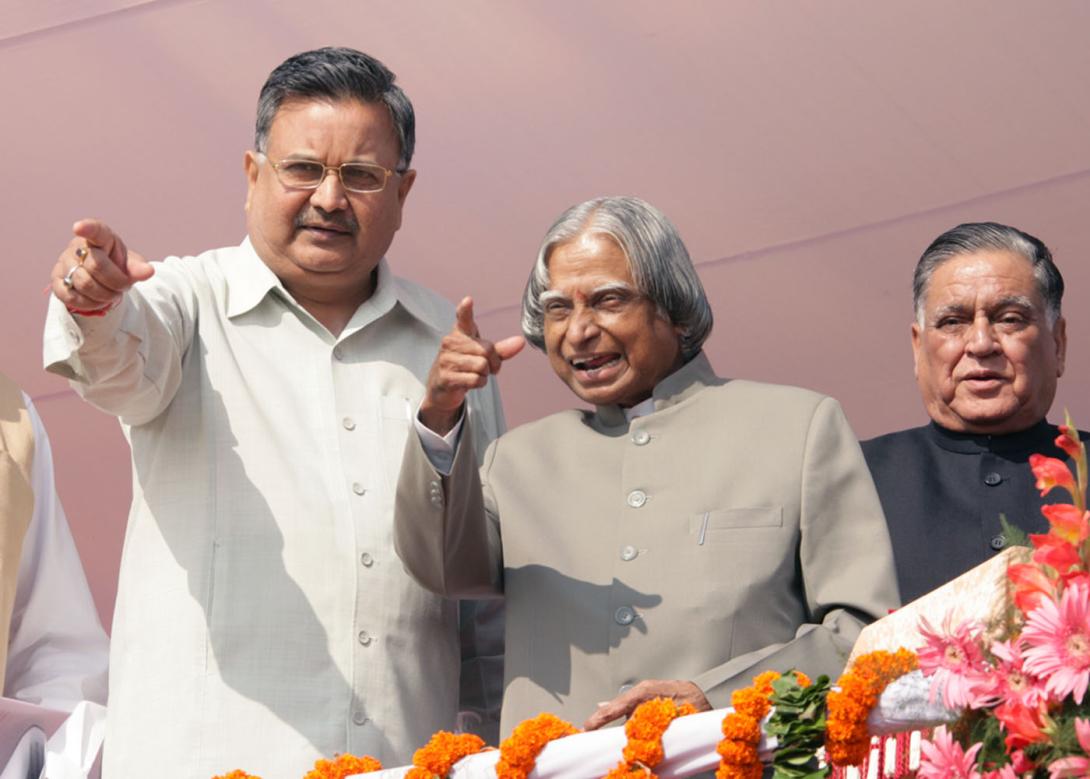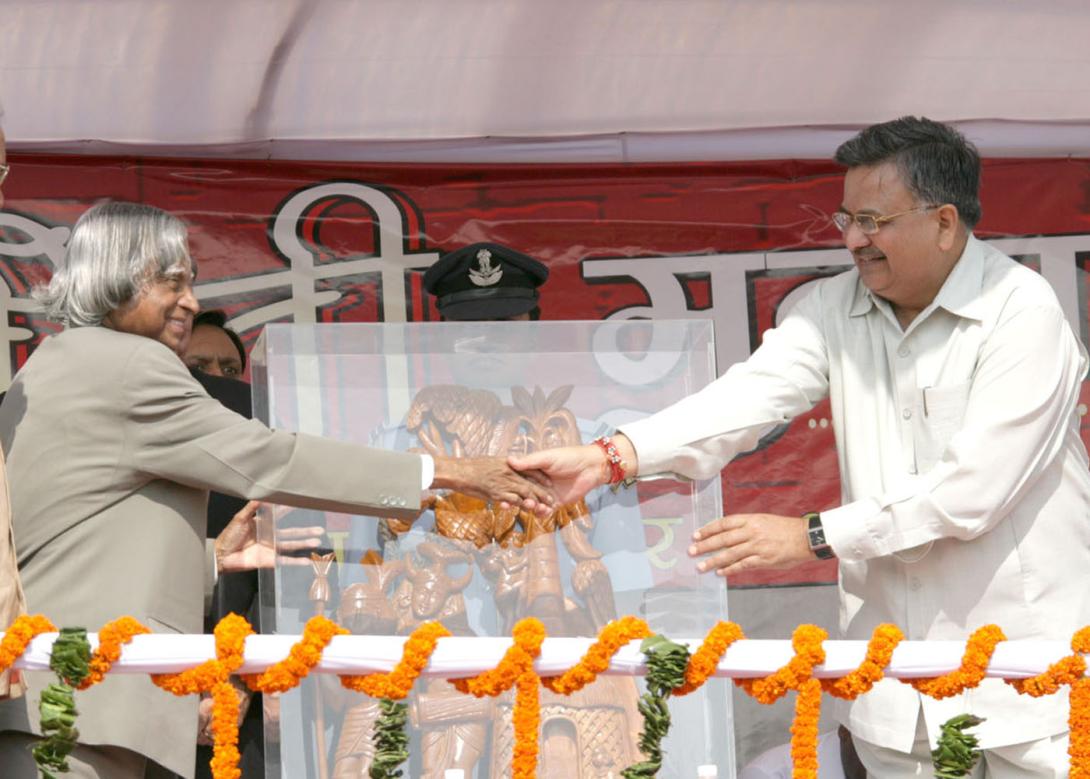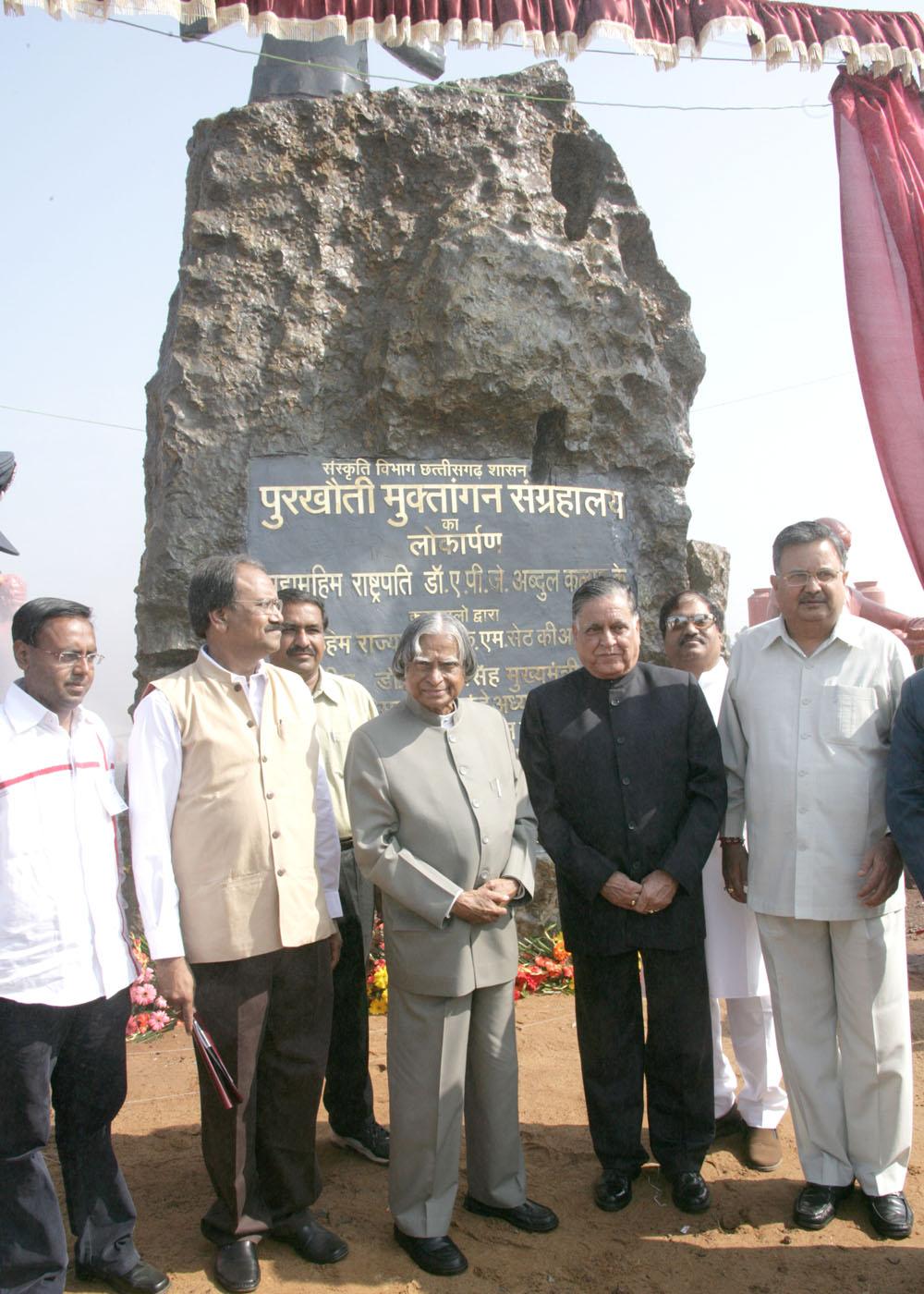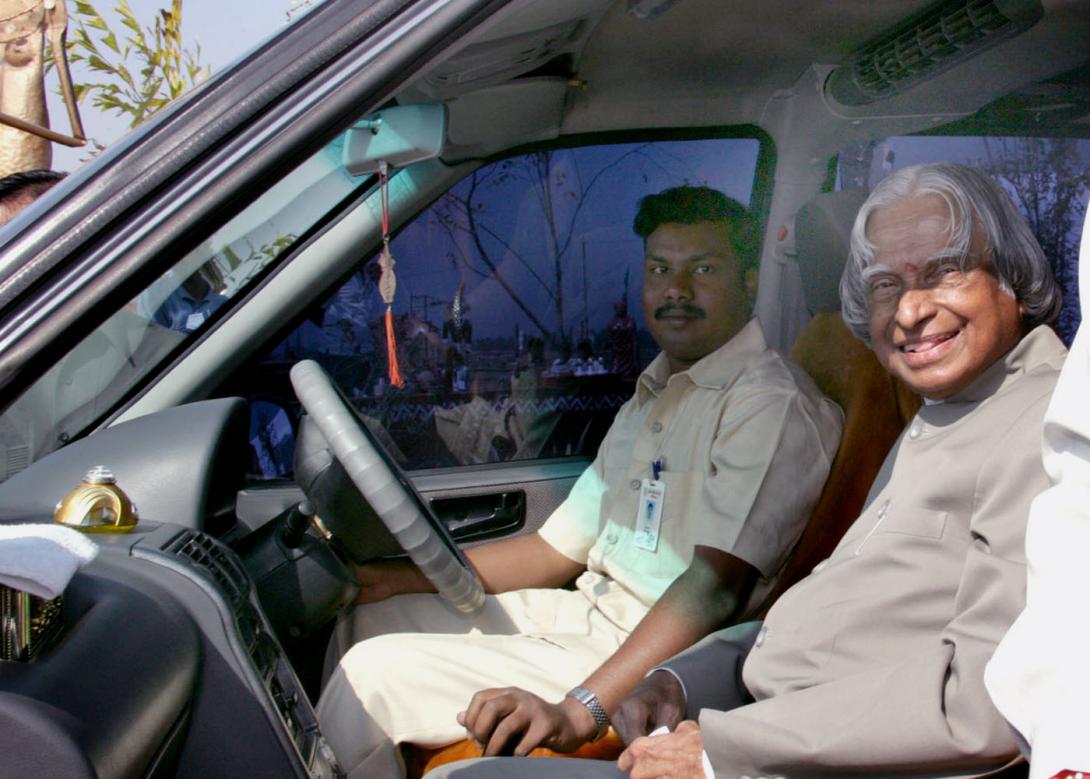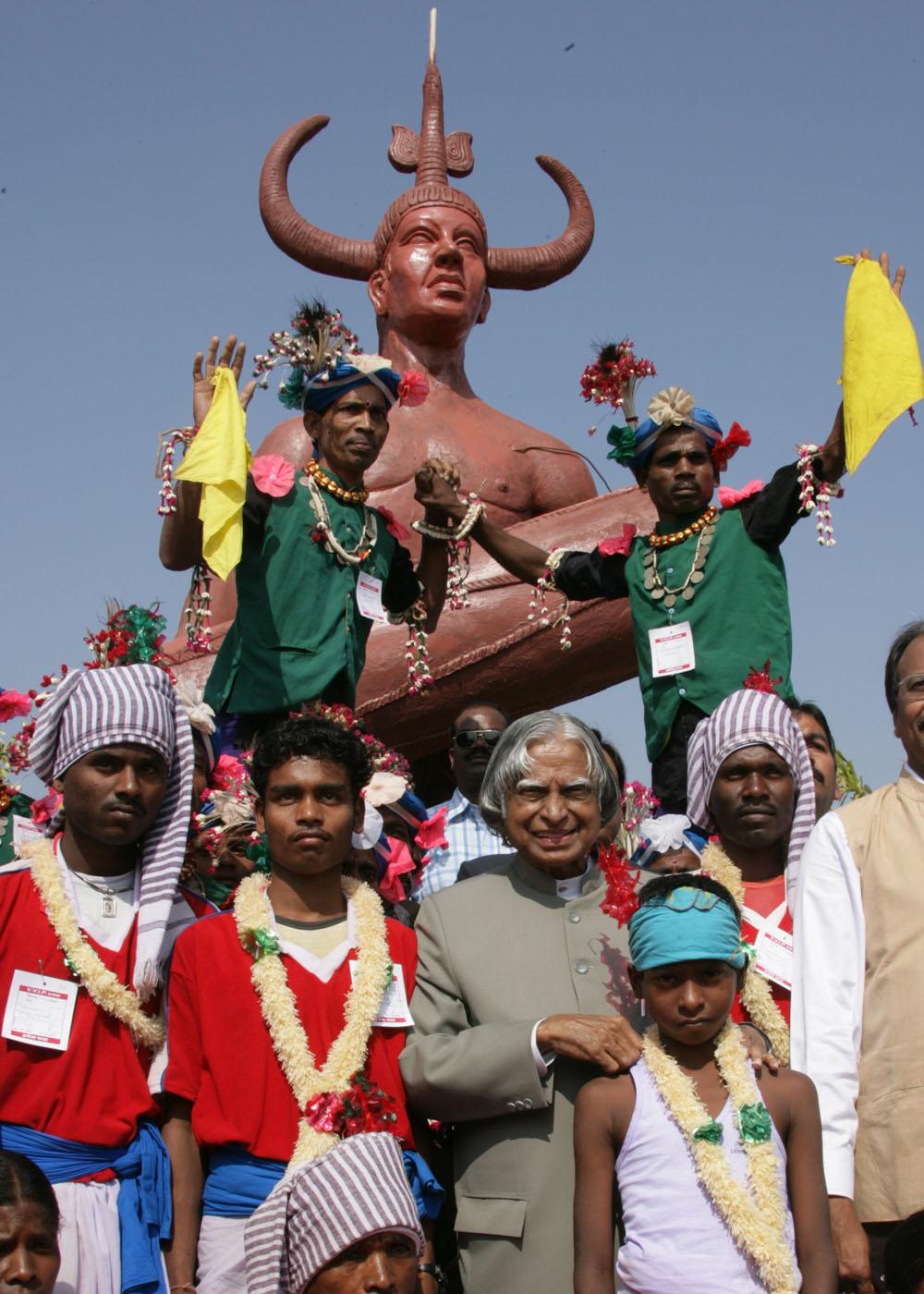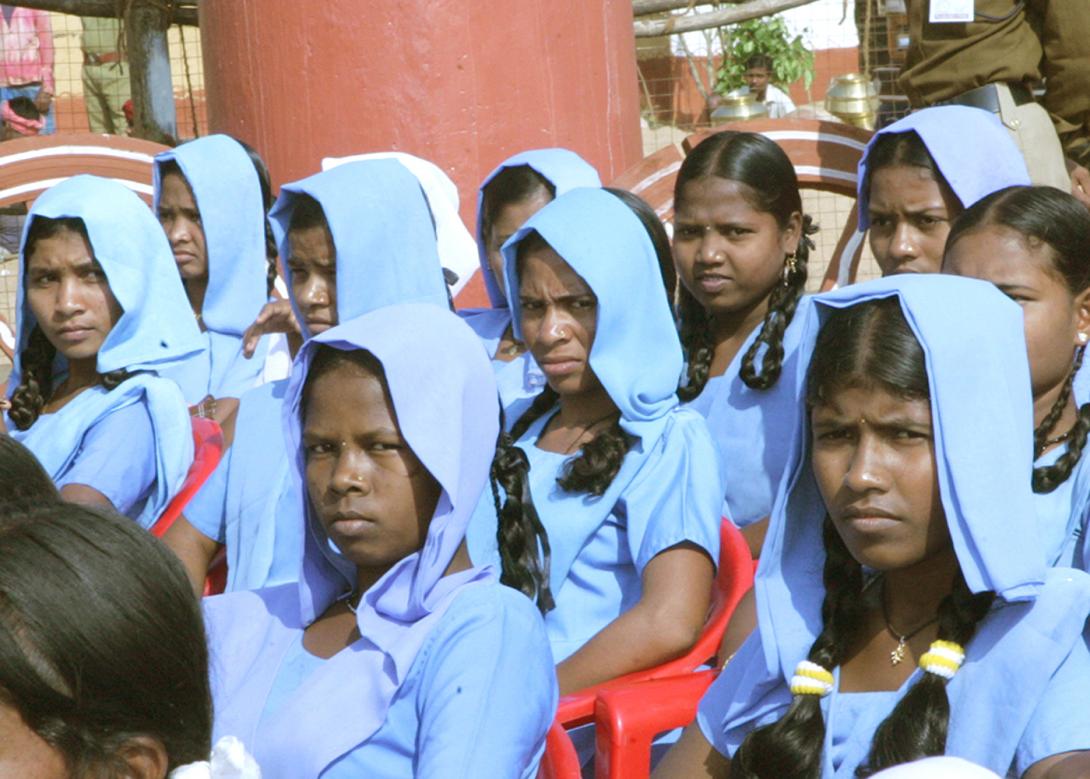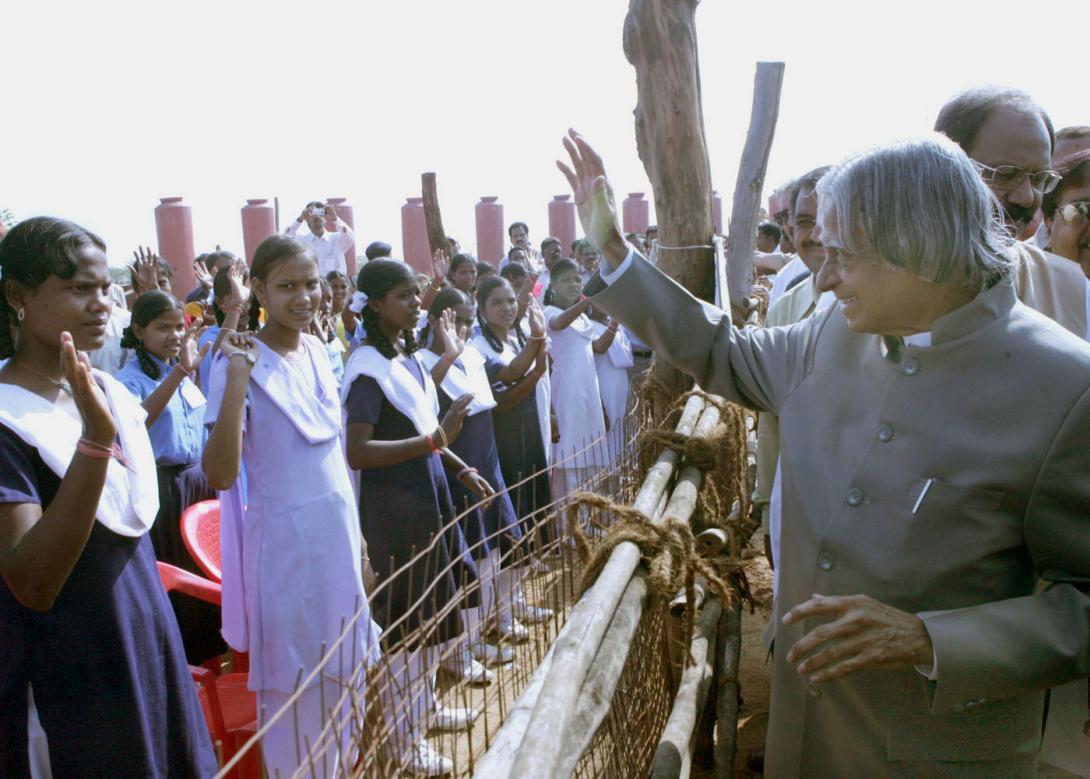Address at the Annual Conference of the World Wind Energy Association , New Delhi
New Delhi : 06-11-2006
Vision for Wind Energy
"Energy Independence
is the lifeline of a nation"
I am delighted to participate in the inauguration of the Annual Conference of the World Wind Energy Association. My greetings to the organizers, energy experts, energy planners, academicians and the distinguished guests participating in this conference. I particularly greet the energy specialists from abroad and the invited speakers.
Renewable Energy
While the whole world is celebrating unprecedented momentous upward surge economically, technologically and scientifically, we also realize that the world is on a slippery slope as far as energy is concerned. Fossil fuels that have been contributing almost the whole energy required for the world?s sustenance and progress are unfortunately finite and the rate at which they are being tapped, the world may not see another 100 years to continue their exploitation. The crying need therefore is to look for renewable energy that alone can ensure sustainable development. Mercifully, Providence has provided us the wherewithal for such sustainability, if only we looked around and realised what has been kept in store for us. I refer to the Sun, the Sea, the Wind and the regenerating Nature around us. All these are potential and practically inexhaustible sources of energy and what is required for us is to evolve a policy and a concerted plan of action to tap them on a mode of emergency mission.
Global Scenario
Of these combinations, Wind energy perhaps leads the rest. It is important to realise that all over the world including our country there is palpable appreciation of the potential of this inexhaustible source. I find that by the end of 2005 ?wind? had reached an installed capacity of 60,000 MW globally and India stood 4th in the world with 5340 MW (as on 31 March, 2006). Wind power will have a globally installed capacity of 1,35,000 MW by 2010. In fact the year 2005 marked a literal windfall growth for the global wind energy section with the installation of 11,531 MW representing a 40.5 per cent increase in annual addition ? an increase from 8207 MW in 2004. Global Wind Energy Council in its latest ?Global Wind 2006 Report? shows that the total value of new generating equipment installed so far is over 14 Billion US Dollars.
Wind can rightfully take the credit of being the fastest growing energy source in the world with an annual growth rate of more than 26 per cent since 1990. It is expected that the global installed capacity would increase to 1000 GW by 2020 accounting for 12 per cent of the electricity supplied world wide.
Indian Scenario
Germany, Spain, United States, India and Denmark have been the leaders in wind energy exploitation. The Asian region alone accounted for 19 per cent new installations in 2005 experiencing a growth of over 46 per cent taking the total installed capacity to almost 7000 MW. India can justifiably be proud of the fact that the strongest Asian market in 2005 was India, with almost 1430 MW of new installed capacity, in 2005 alone. We have estimated potential of 45000 MW which itself should be capable of being reviewed upward on account of fast improving technologies and scientific advancements. As on 1 October in the current year, India?s installed capacity stood at 6053 MW. With a project cost of about Rs.5 crores per MW and generation cost of Rs.2.50 to Rs.3.50 per unit depending upon the site, the potential that the wind energy sector opens up is immense.
I am glad that Ministry of New and Renewable Energy has identified over 200 sites as high windy sites across the country.
Need for a policy
In order to tap the potential of wind power optimally, we need to review our policies toward renewable energy in general and wind power, solar power and bio-fuels in particular. A comprehensive renewable energy policy with mandatory and time-bound provisions is an urgent need of the hour. With the enactment of the Electricity Act 2003 and declaration of National Electricity Policy and Tariff Policy, the State Electricity Regulatory Commissions have been directed, I understand, to encourage the use of renewable energy sources. I have given the details on how India can realize Energy Independence by 2030 in my address to the nation on the eve of 59th Independence Day. ( ) It was only appropriate that the National Tariff Policy issued by the Ministry of Power, Government of India January 2006 clearly stipulated that the appropriate State Regulatory Commission shall fix a minimum percentage for purchase of energy from eligible renewable energy sources, taking into account the availability of such resource in the region and its impact on retail tariff. It is noted that 12 States like Andhra Pradesh, Maharashtra, Uttar Pradesh, Madhya Pradesh, Orissa, Tamil Nadu, Rajasthan, Kerala, West Bengal, Karnataka, Gujarat and Himachal Pradesh have either already issued the Renewable Purchase Obligation orders or have already finalised the regulations for doing so, stipulating a basic minimum quantum of energy purchase as compulsory from renewable energy sources. This is a must if we have to go ahead.
Environmental Considerations
The development of renewable energy like that of wind energy is an absolute imperative even from environmental considerations. It is significant that the world over, there is a realisation of the importance of preserving and enriching the environment and the Clean Development Mechanism (CDM) was one the mechanisms established by Kyoto Protocol to meet the climate convention objective of stabilising green house gas concentrations in the atmosphere. India accounts for almost 30 percent of all the Registered CDM project activities. I have been given to understand that there are seven wind farm projects currently registered and many are in the pipeline.
Research
It is essential that in an area of such potential we need to earmark sufficient efforts and resources for research for potential windy areas, optimal plant design, cost effectiveness and progressive improvements. I am glad that the Centre for Wind Energy Technology (C-WET) has been set up by the Government for this specific purpose.
Vision for Wind Energy
By 2030 India will be needing 400,000 MW of electric power against the present 1,30,000 MW. For realizing Energy Independence by 2030, in the energy mix, we have to aim for at least 25 per cent of the total need should be derived from renewable energy sources. Based on my study of the document Global Wind Energy Outlook-2006, I find in that in the moderate scenario, 16 per cent of the total energy requirement can be contributed by wind energy by 2030. On this assumption I would like to suggest the conference to debate and arrive at a vision of generating at least 64,000 MW of electrical power from wind energy.
Conclusion
For realizing the above vision, I would like to give the following six suggestions for the consideration of the Conference :
A. The present potential of wind energy in India has been worked out to be 45,000 MW. Studies must be launched to explore other potential sources such as off-shore wind farms, especially, since India has over 7000 km long coastlines. It may also be necessary to apply advanced techniques in wind velocity measurement and relating it to available electrical out put.
B. Work towards standardization of the wind turbine power plants to realise the cost reduction due to economies in the scale. Also research and development is required for reducing the investment per MW through improved designs and application of newer technologies.
C. I understand that the generation cost at presently is between Rs.2.5 to Rs.3.5 per unit depending upon the site. Research is required to bring down this cost to Rs.1.00 to Rs.2.00 per unit based on improved designs and maintenance free systems.
D. In islands and remote areas autonomous wind generating units should be established if the site has the wind potential. This task must be completed within the next 3 years as a public private partnership action.
E. Feasibility studies may be conducted to determine economic sizes of wind energy plants which can be used for lifting water from 30 meter level and serve the needs of farmer having small holdings in a region with an average wind speed of 8 to 10 km per hour.
F. Wind energy can be introduced as a M.Tech. programme in the Indian engineering institutions.
With these words I inaugurate the Conference and wish you success in your mission of contributing towards the energy goals of different countries in the world.
May God Bless You.
Seven Point Oath
1. I realize, I have to set a goal in my life. To achieve the goal, I will acquire the knowledge, I will work hard, and when the problem occurs, I have to defeat the problem and succeed.
2. As a youth of my nation, I will work and work with courage to achieve success in all my tasks and enjoy the success of others.
3. I shall always keep myself, my home, my surroundings, neighborhood and environment clean and tidy.
4. I realize righteousness in the heart leads to beauty in the character, beauty in the character brings harmony in the home, harmony in the home leads to order in the nation and order in the nation leads to peace in the world.
5. I will lead an honest life free from all corruption and will set an example for others to adopt a righteous way of life.
6. I will light the lamp of knowledge in the nation and ensure that it remains lit for ever.
7. I realize, whatever work I do if I do the best, I am contributing towards realizing the vision of developed India 2020.

